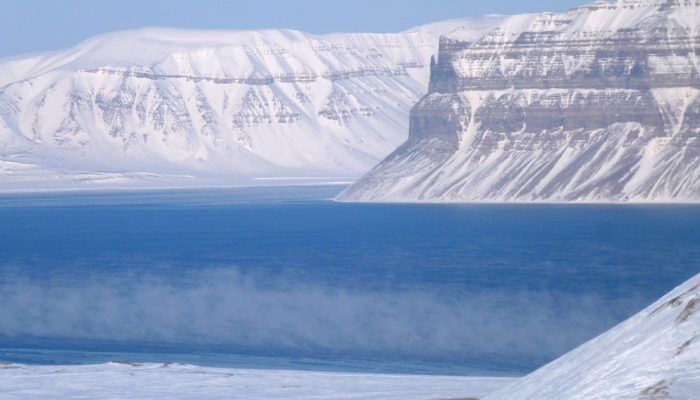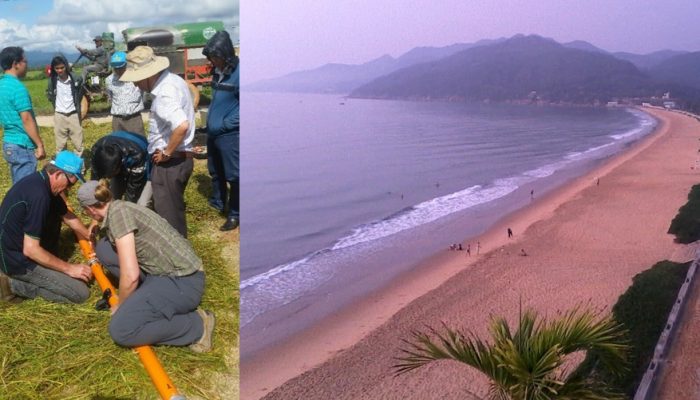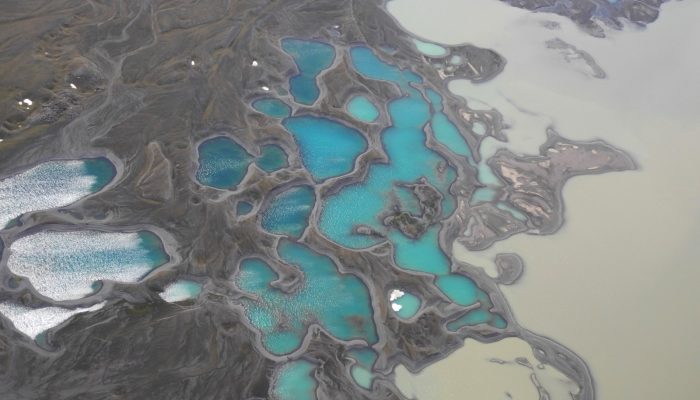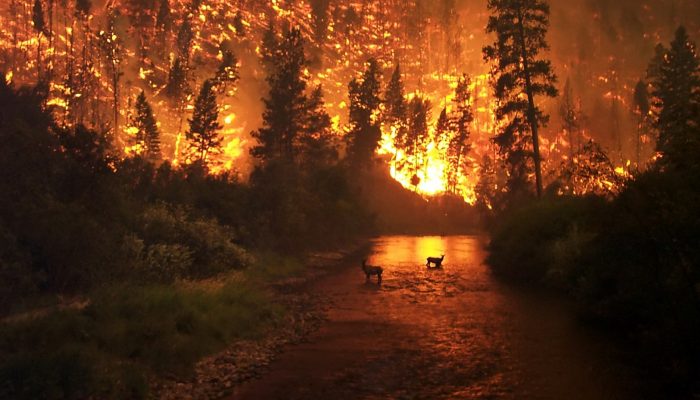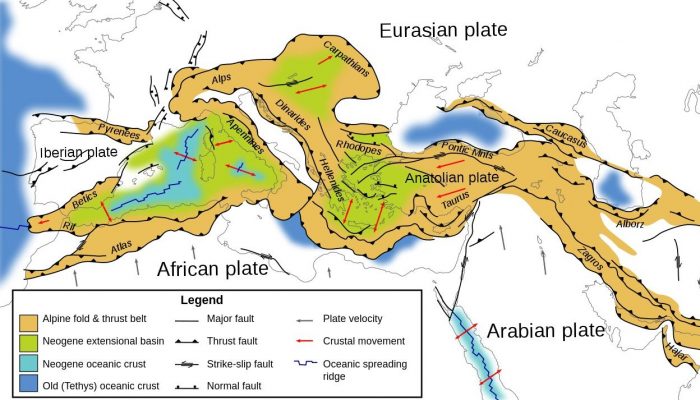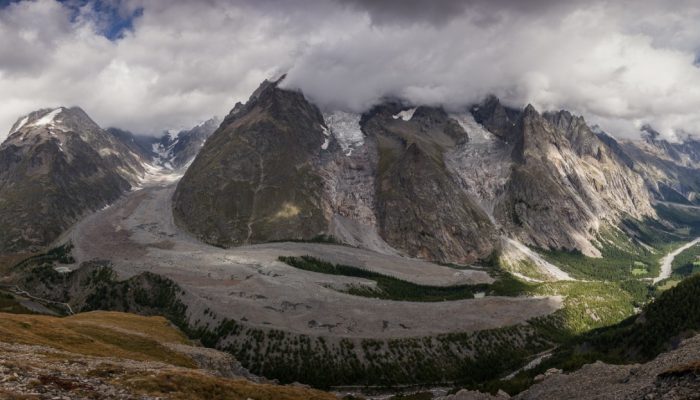This guest post by Dr Morgan Jones (a Researcher in Volcanology at the Centre of Earth Evolution and Dynamics (CEED) at the University of Oslo, Norway) describes the latest findings of his multidisciplinary research into how the North Atlantic formed. His open access study, in collaboration with colleagues at CEED and the Massachusetts Institute of Technology (MIT) is published in the Nature Journ ...[Read More]
If you didn't find what you was looking for try searching again.
Cryospheric Sciences
Image of the Week – A new way to compute ice dynamic changes
Up to now, ice sheet mass changes due to ice dynamics have been computed from satellite observations that suffer from sparse coverage in time and space. A new method allows us to compute these changes on much wider temporal and spatial scales. But how does this method work? Let us discover the different steps by having a look at Enderby Land in East Antarctica, for which ice velocities are shown i ...[Read More]
Geodynamics
A Geodynamicist and an Early Career Scientist
This week Adina Pusok, postdoctoral fellow at the Institute of Geophysics and Planetary Physics (IGPP) at Scripps Institution of Oceanography, University of California San Diego, USA, discusses what it is like to be an Early Career Scientist within the EGU Geodynamics division. The terms “Early Career Scientist” (ECS) or “Young Scientist” (YS) are now so widely used in the scientific community, th ...[Read More]
GeoLog
GeoPolicy: How can geoscientists make the most of the Horizon 2020 programme?
As a geoscientist, I’m sure that you have heard of Horizon 2020, an EU programme that is allocating almost €80 billion to research and innovation over 7 years (from 2014 to 2020). This money is distributed throughout various scientific divisions and provides a plethora of opportunities for scientists, not only within the EU but also throughout the world. Unfortunately, the magnitude of the Horizon ...[Read More]
WaterUnderground
Humanitarian groundwater projects; notes on motivations from the academic world
Post by Margaret Shanafield, ARC DECRA Senior Hydrogeology/Hydrology Researcher at Flinders University, in Australia. You can follow Margaret on Twitter at @shanagland. ___________________________________________________________ What led me down the slippery slope into a career in hydrology and then hydrogeology, was a desire to combine my love of traveling with a desire to have a deeper relations ...[Read More]
GeoLog
Imaggeo on Mondays: Sediments make the colour
Earth is spectacularly beautiful, especially when seen from a bird’s eye view. This image, of a sweeping pattern made by a river in Iceland is testimony to it. The picture shows river Leirá which drains sediment-loaded glacial water from the Myrdalsjökull glacier in Iceland. Myrdalsjökull glacier covers Katla, one of Iceland’s most active and ice-covered volcanoes. A high sediment load (the suspen ...[Read More]
GeoLog
GeoSciences Column: Is smoke on your mind? Using social media to assess smoke exposure from wildfires
Wildfires have been raging across the globe this summer. Six U.S. States, including California and Nevada, are currently battling fierce flames spurred on by high temperatures and dry conditions. Up to 10,000 people have been evacuated in Canada, where wildfires have swept through British Columbia. Closer to home, 700 tourists were rescued by boat from fires in Sicily, while last month, over 60 pe ...[Read More]
Geodynamics
Too early seen unknown, and known too late!
Romeo and Juliet famously had some identification problems: they met, fell in love, and only afterwards realised that they were arch enemies, which *spoiler* resulted in their disastrous fate. Oops. Of course, this could happen to anybody. However, we do not want this to happen to you! We want you to know who we, the EGU Geodynamics Blog Team, are! So, in order to prevent any mishaps during future ...[Read More]
Tectonics and Structural Geology
Minds over Methods: Block modeling of Anatolia
How can we use GPS velocities to learn more about present-day plate motions and regional deformation? In this edition of Minds over Methods, one of our own blogmasters Mehmet Köküm shares his former work with you! For his master thesis at Indiana University, he used block modeling to better understand the plate motion and slip rates of Anatolia and surrounding plates. Using block modeling t ...[Read More]
GeoLog
Imaggeo on Mondays: Tongue of a small giant
In a world where climate change causes many mountain glaciers to shrink away, bucking the ‘melting’ trend is not easy. In today’s post, Antonello Provenzale, a researcher in Italy, tells us of one glacier in the Alps which is doing just that. Mountain glaciers are retreating worldwide, with the possible exception of the Karakoram area. For most glaciers, ablation (ice melt) durin ...[Read More]

